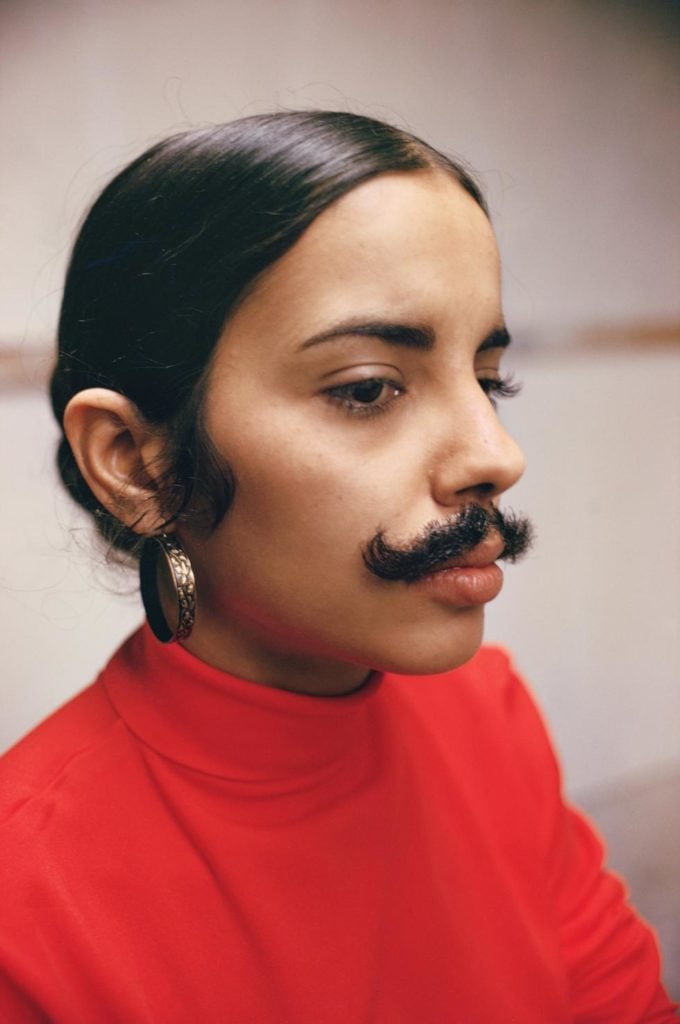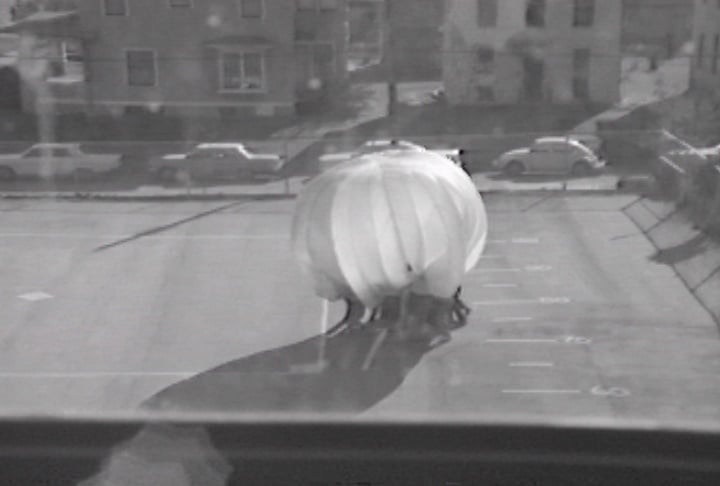Art & Exhibitions
Ana Mendieta Gets a Tribute at a Harlem Children’s Museum
A "child-sized” exhibition at the Sugar Hill Children’s Museum of Art & Storytelling explores a new side of the artist.

A "child-sized” exhibition at the Sugar Hill Children’s Museum of Art & Storytelling explores a new side of the artist.

Hannah Pikaart

With her intense, politically charged artwork reflecting themes of place, identity, and power, Cuban-American conceptual artist Ana Mendieta casts a long shadow over contemporary art. The latest salute to her work, however, arrives at an unexpected location: the Sugar Hill Children’s Museum of Art & Storytelling in New York, an institution dedicated to serving the “curiosity and creative spirit of three- to eight-year-old children.” The “child-sized” exhibition, featuring four works, is titled “Ana Mendieta: Thinking About Children’s Thinking.”
The museum “wanted to acknowledge and celebrate children’s intelligence by showing them age-appropriate work by a canonical conceptual artist,” says Amy Rosenblum Martín, who curated the show along with museum director and chief curator Lauren Kelley, in an email to artnet News. “We selected these four works to inspire curiosity and a sense of play. The museum and the exhibition aim to re-orient people’s minds about what is possible when we privilege the perspective of children.”
Even older Mendieta fans may be curious to see an exhibition that marks the first museum presentation of at least one work: Untitled (Soul) (1973). The sound piece features recordings of Mendieta interviewing fifth and sixth grade students at Henry Sabin Elementary School in Iowa City, Iowa, about what a soul is.

Ana Mendieta, Parachute, (1973). Created in collaboration with students at Henry Sabin Elementary School, Iowa City, Iowa. Courtesy the Estate of Ana Mendieta Collection, LLC and Galerie Lelong & Co.
All of the works included in the exhibition showcase Mendieta’s “misuse” of children’s activities as conceptual art. These include Parachute (1973), a black-and-white film (like Untitled (Soul), seen recently at Galerie Lelong’s show of rediscovered video works by the artist), depicting children engaging in a playground game with a parachute, as well as her Facial Hair Transplant (1972), a self-portrait where she attached a mustache to her face.
Both of these works are installed in the galleries at child’s height and augmented by other flourishes to make them more engaging to the “wee ones.”
“To make some of Mendieta’s visual references more concrete and enticing for young children, we have installed a real parachute overhead, and a mirror for them to compare themselves to Mendieta in Facial Hair Transplant,” Martín says.
Sugar Hill Children’s Museum of Art & Storytelling will also be hosting numerous programs and activities inspired by Mendieta’s art, all geared towards activating “brainpower, imagination, and employ[ing] gut instincts.”
“As a Latinx, Caribbean woman of color, Ana Mendieta was a pioneer of identity and feminist art,” the curator explains. “We are honored to be able to present what thought and leadership can really look like.”
“Ana Mendieta: Thinking About Children’s Thinking” is on view now through September 23, 2018 at the Sugar Hill Children’s Museum of Art & Storytelling is the exhibition.
CORRECTION: The original version of this story stated that the exhibition marked the first showing of Ana Mendieta’s work Untitled (Soul). The work had previously been seen at Galerie Lelong’s “Ana Mendieta: Experimental and Interactive Films” in 2016.